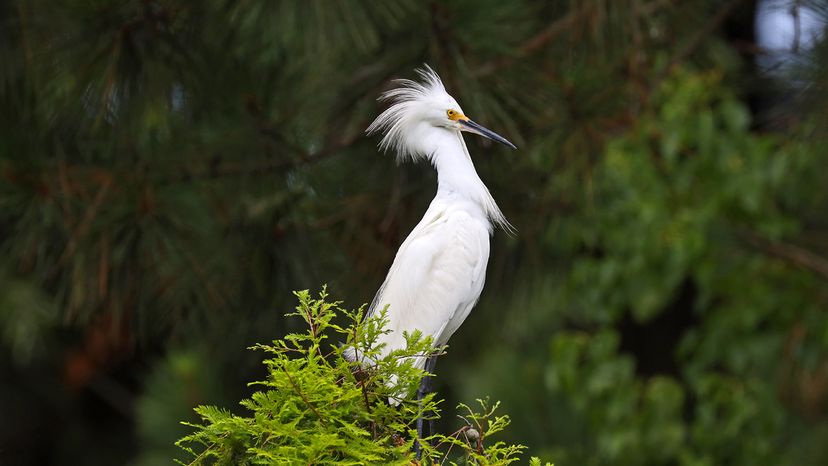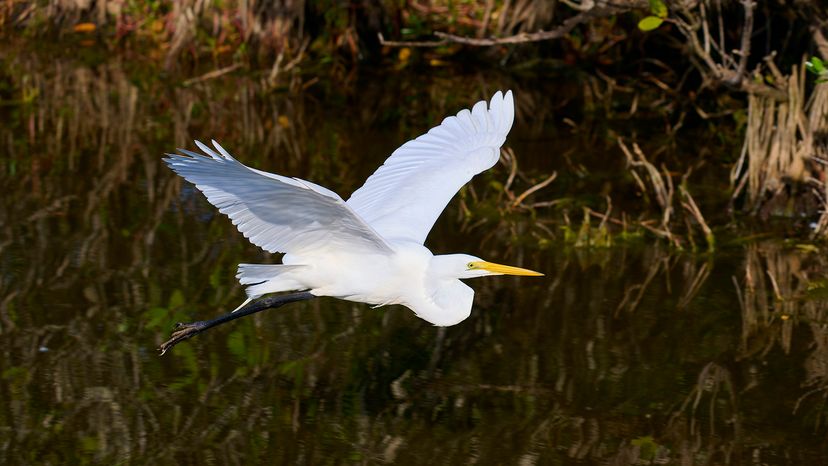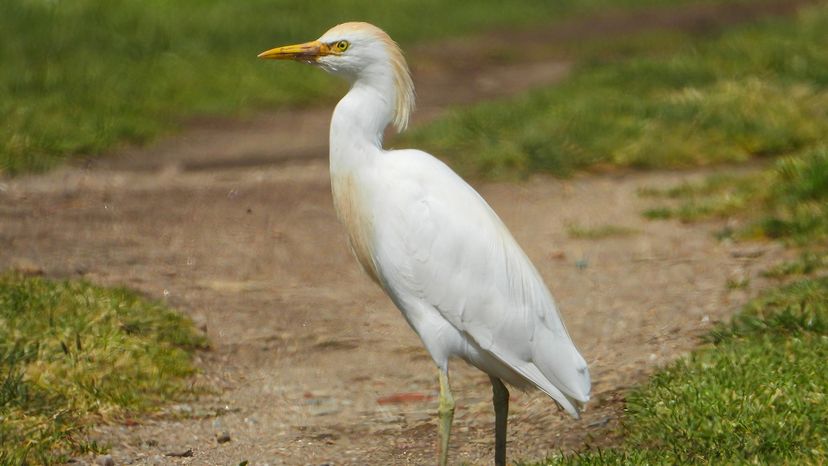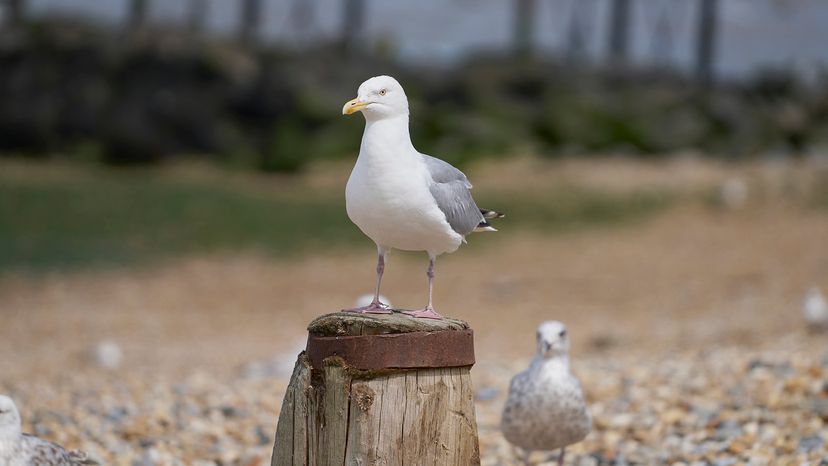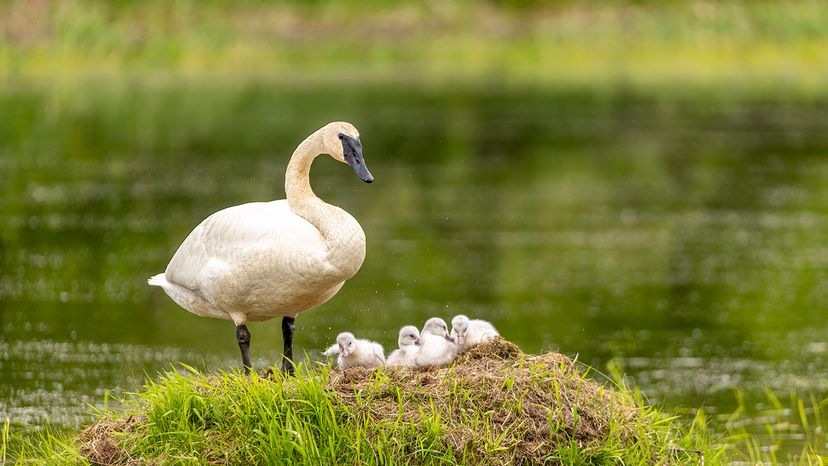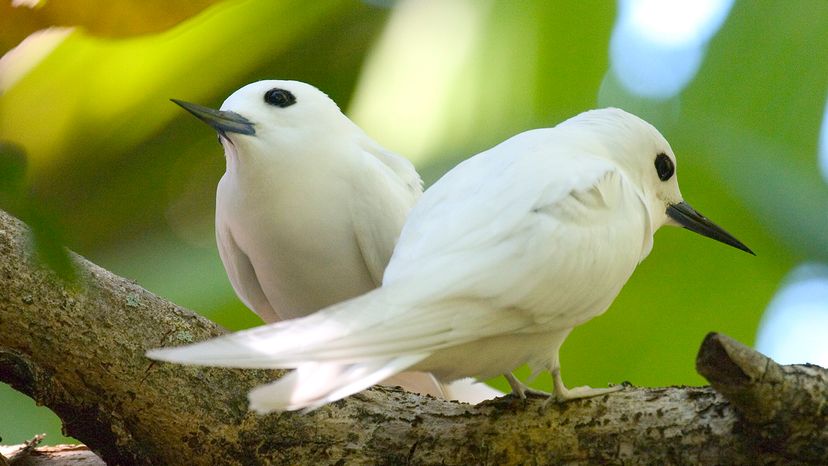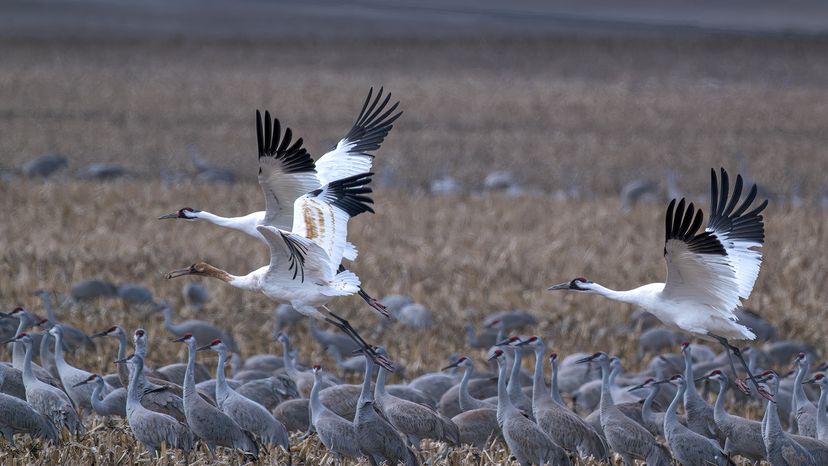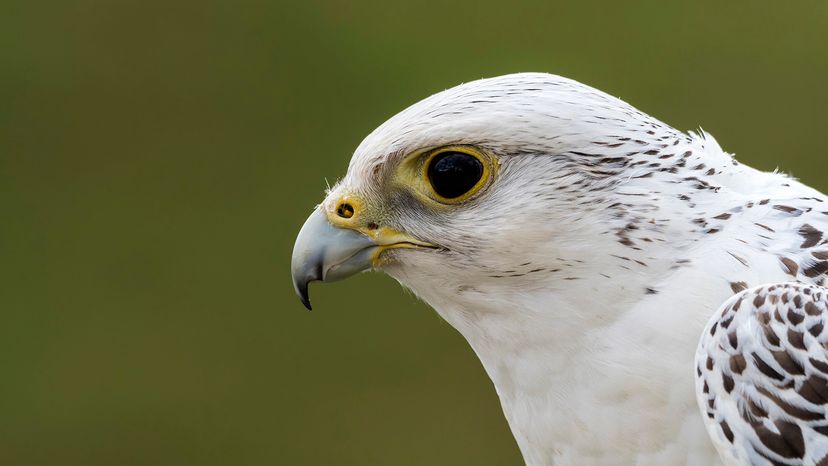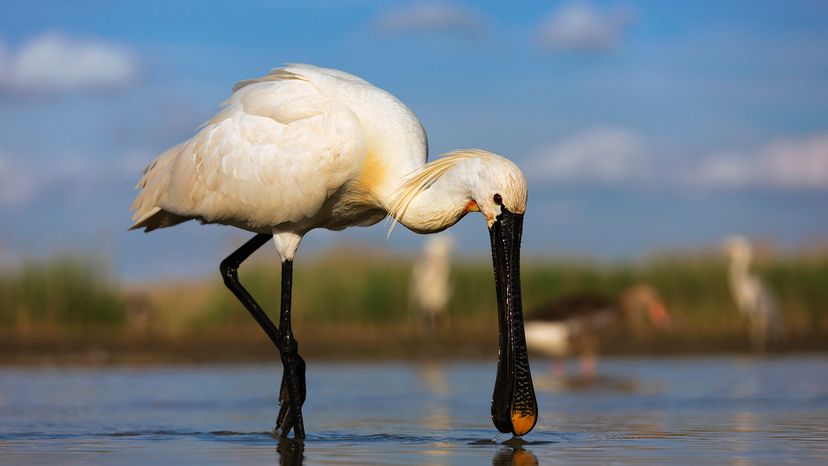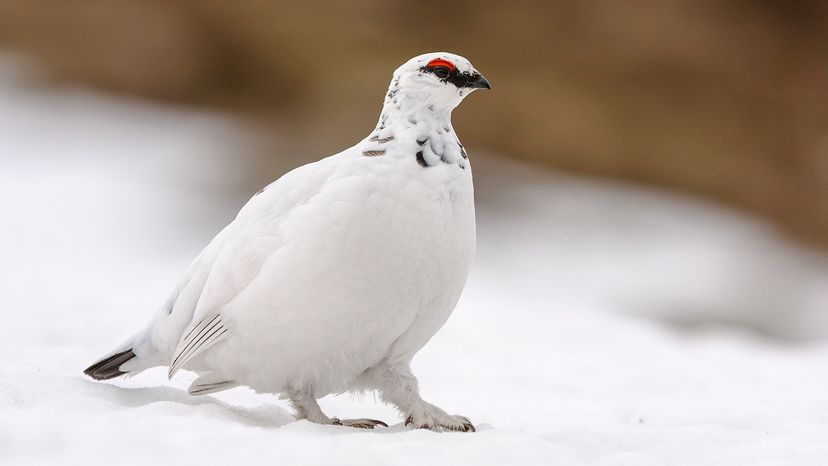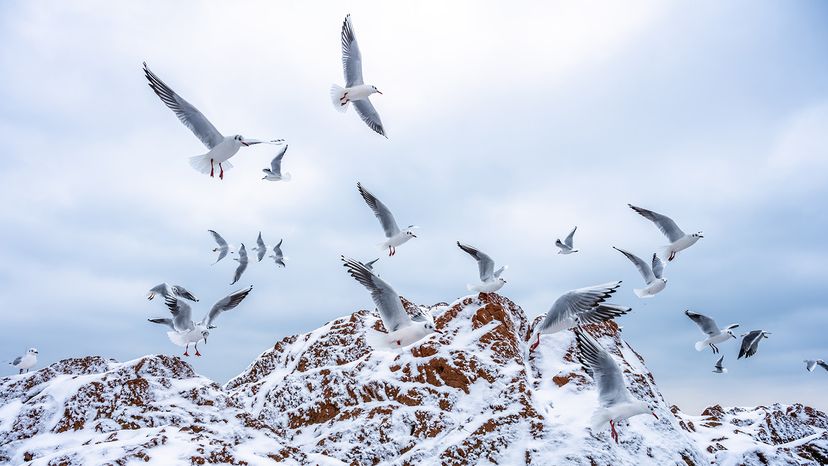
White birds are some of the most striking and elegant creatures in the natural world. Whether soaring over lakes, wading through wetlands, or perched in city skylines, these birds tend to capture attention with their brilliant features.
Across different species, white birds symbolize hope, luck, and even mystery in many cultures.
Advertisement
From snowy owls in Canada to cattle egrets in Central America, these birds have adapted to a wide range of environments. Some feed on fish and amphibians in ponds, while others forage for berries or even follow mammals to snag an easy meal.
